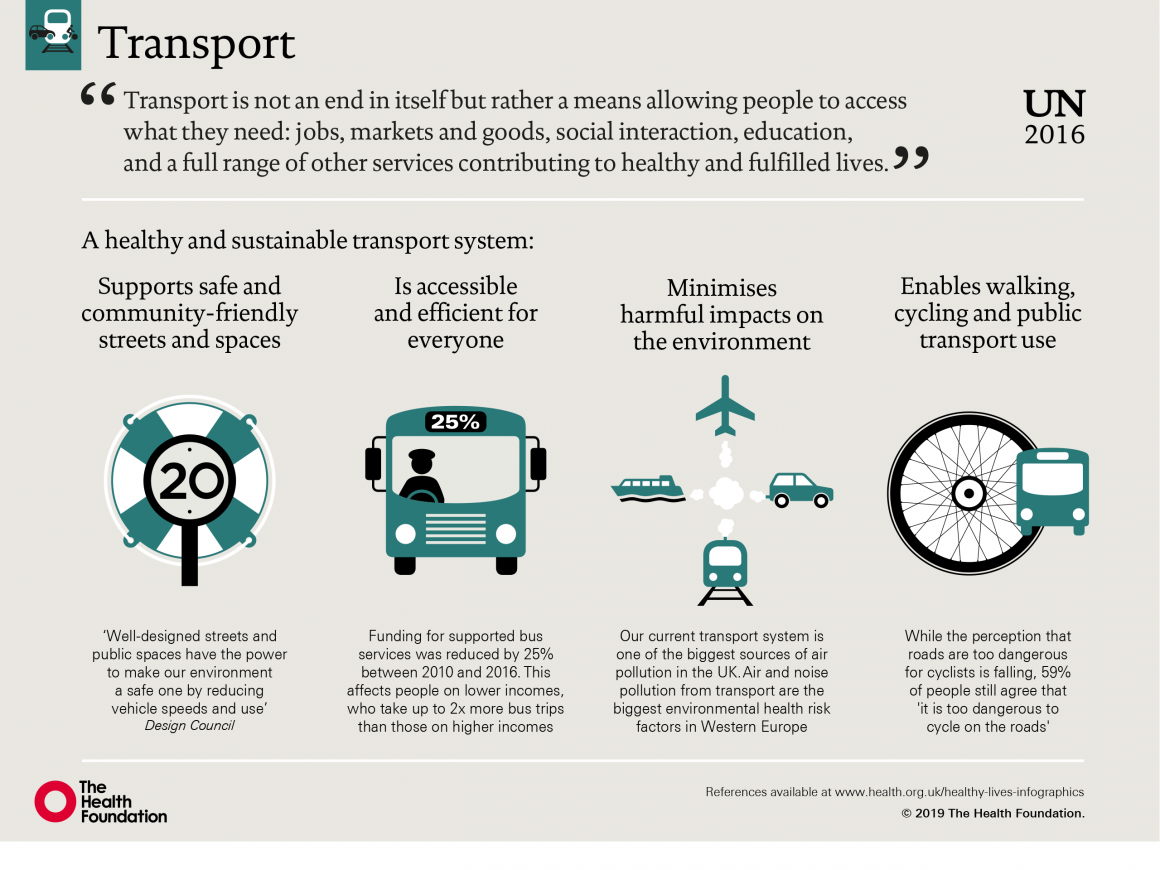Understanding Different Kinds Of Hernias As Well As The Doctor'S Duty

Written By-Abdi Briggs
A rupture happens when fat or part of the intestinal tract presses via muscle mass that should be holding it back. This can be uncomfortable, and it typically will not vanish by itself.
In some cases ruptures require to be treated operatively. That's when physicians think about alternatives like launching muscle mass, strengthening the abdominal wall or component separation.
Inguinal hernia
A small part of the intestinal tract jabs through a vulnerable point in your stomach muscles near your groin (the inguinal canal is a flow in the lower part of your abdominal areas that houses capillary and nerves, including the spermatic cable for males and the ligaments that sustain a woman's uterus). You can have this hernia repaired operatively.
Throughout https://click4r.com/posts/g/12302961/ , your doctor can see the hernia using a camera connected to a scope that is placed via several small cuts on your stubborn belly. An additional device may be placed through the very same cuts to help fix the hernia.
After hernia repair, it is essential to follow your doctor's advice for staying clear of difficulties. https://labblog.uofmhealth.org/rounds/taking-a-scalpel-to-opioid-painkiller-risks implies reporting any hernial pain or pain that reoccurs, or gets worse. It's additionally crucial to stay clear of hefty training as well as stressing, specifically while you're peing or coughing. A rupture that comes to be trapped and pinched sheds its blood supply (it's called imprisonment) and can pass away, which is a medical emergency.
Umbilical hernia
In the womb, babies pass through a small opening between their abdominal wall surface muscular tissues near the stomach button (umbilicus). Normally this shuts before birth, yet in some cases it does not. This causes a rupture in 20 percent of all babies.
Umbilical ruptures resemble a swelling or bulge in the stubborn belly switch. They are most visible when a baby weeps or pressures. The bulge will get smaller sized or go away when the child is tranquil. Occasionally, umbilical ruptures obtain stuck (called put behind bars) as well as do not receive sufficient blood supply. This can cause pain and also fatality of the tissues in the hernia cavity.
Most umbilical hernias will close without treatment on their own by age 4. When they do not, physicians at Mount Sinai typically fix them with mesh. This approach is related to fewer recurrences than primary suture repair. The surgery is done with a small laceration inside or listed below the tummy button. A surgical mesh is positioned over the hernia site to give long-lasting toughness.
Incisional hernia
This sort of hernia occurs at the site of a previous medical injury. It generally occurs when a loophole of the intestine slips through the weak point at the edge of a surgical injury that has fallen short to recover correctly due to infection or injury.
This is a harmful hernia because the intestine can become incarcerated and also call for instant medical therapy. It can additionally create persistent discomfort, and also the hernia may reoccur also after surgical treatment.
The specialist might make use of a slim, lighted range (called a laparoscope) to make a number of tiny incisions (cuts). With these cuts, they might get rid of excess fat and also cells around the hernia as well as fix the weak location of the abdominal wall surface. They may additionally place in a mesh spot that holds the sticking out intestine and also prevents it from pressing through again. They might close the hernia with dissolvable sutures or medical adhesive and area a plastic or mesh graft over the weak point in the abdomen.
Hiatal hernia
The most typical kind of hiatal hernia is a gliding (type I) hernia. This takes place when the junction in between your esophagus as well as stomach extends up through the space in your diaphragm right into your upper body tooth cavity. This can trigger indigestion as well as trouble swallowing.
Larger ruptures, called paraesophageal (kind II, III and IV) or diaphragmatic (type V) ruptures, can be really dangerous as well as may need immediate surgical procedure. These can bring about lung issues as well as pneumonia, or can press the stomach so snugly that its blood supply is removed.
BWH thoracic surgeons carry out laparoscopic surgical procedure to minimize the size of ruptures and also to avoid strangulation. This involves making a few little cuts in your tummy and placing a tube with a camera that sends out photos to a screen. Hernia Surgery Icd 10 enables doctors to see what they are doing and also offers a better healing.

